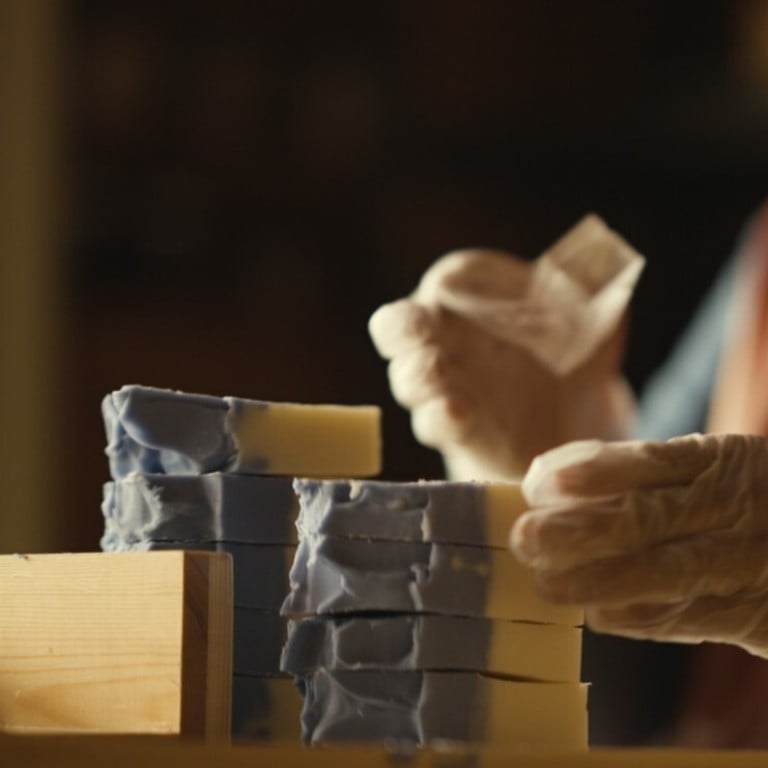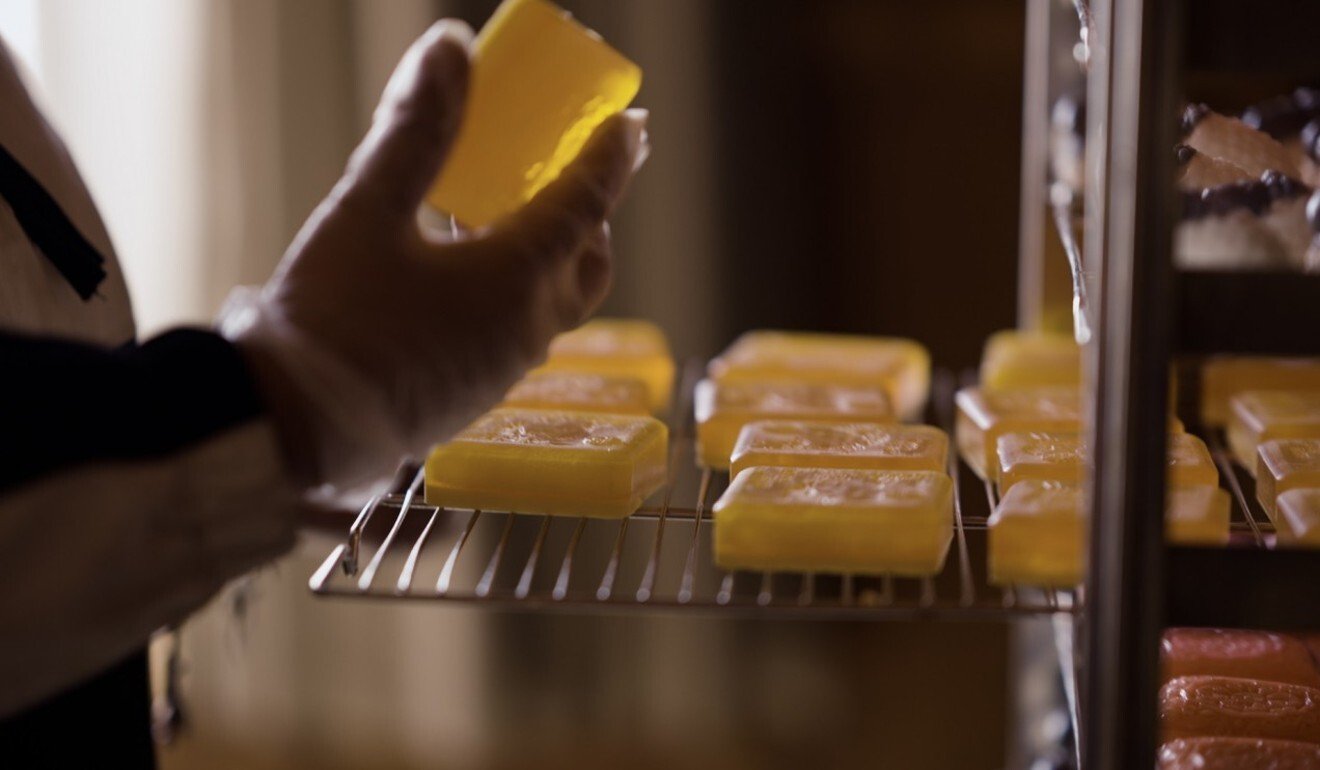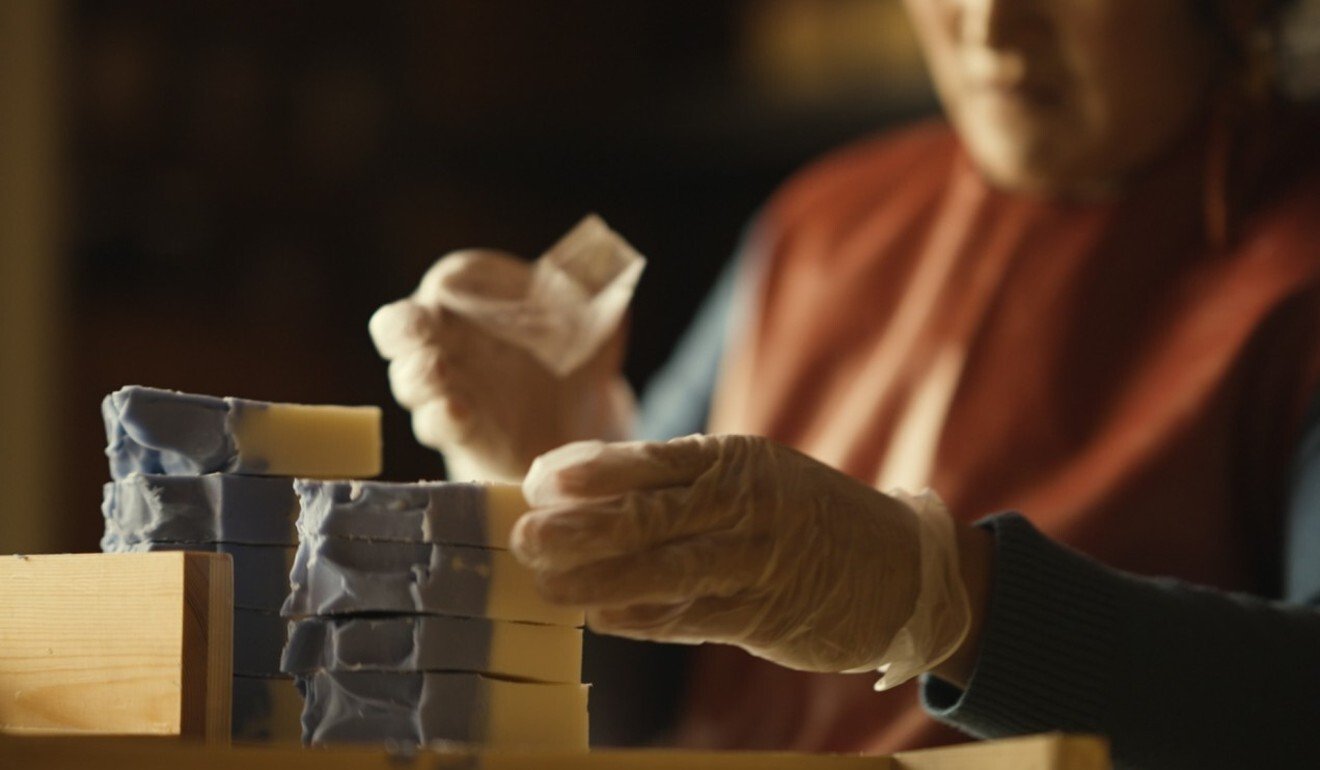
Few have seen how Tibetan yak milk soap is made. Here’s a rare look
- For generations, Tibetans have been using yak milk and butter to protect their skin from the harsh conditions of the plateau
Tibet has one of the harshest climates in the world. The air is cold and dry, while the high elevation leaves people exposed to strong sunlight.
To cope, Tibetans have for generations been using yak milk and butter to protect their skin.
The hearty yak has been indispensable to people living on the Tibetan Plateau, where inhospitable conditions mean few animals can survive.
Yak wool is used to make clothes, blankets, and tents, while the milk and butter are part of people’s daily diets.
They’re also used for skin protection. Traditionally, Tibetans would take dollops of yak butter, which is the soft layer of protein that forms when milk is boiled, and apply it directly on dry and sunburnt skin.
The milk’s high fat content works as a natural moisturiser, helping to soothe sunburns and skin dryness, according to Dolma Lhamo. She runs Kadhak Organics, a soap-making social enterprise in Garzê, a Tibetan region in southwestern China.

Lhamo started learning how to make soap in 2017, under the tutelage of a soap maker friend in Thailand. When she returned to her hometown of Garzê, she decided to combine what she learned abroad with traditional Tibetan methods to make soap out of yak milk.
The core ingredient is fat from yak milk, which is combined with lye water and other essential oils and scents, such as Himalayan salt, turmeric, and black charcoal powder.

Aside from introducing the world to yak milk soap, Lhamo wanted her new company to create jobs for women on the plateau. Her company now employs 16 local women, but it was not easy in the beginning. Most of the employees were illiterate and could not identify the different ingredients based on their labels.
What is Taiwanese papaya milk, bubble tea’s quirky sidekick?
So Lhamo started marking the measuring cups with colored tape and colored string, marking different types of oils with coloured string. Slowly, the women started learning how to make soap.
“They prefer coming to our workshop to work so that they can look after their family and also earn a salary, which can help them with their daily expenses and educate their children,” says Lhamo.
This article was originally published on Goldthread. Follow Goldthread on Facebook, YouTube and Instagram for more stories about Chinese culture.

